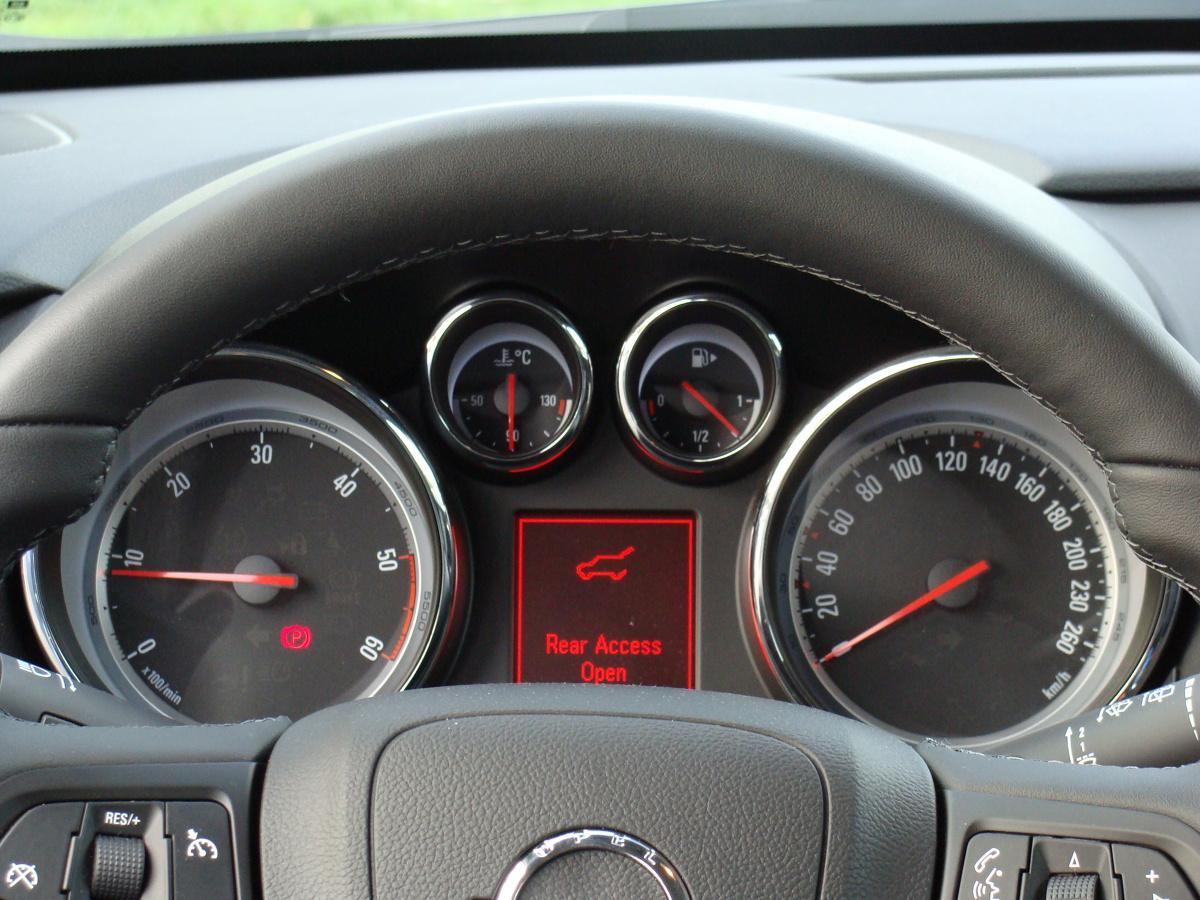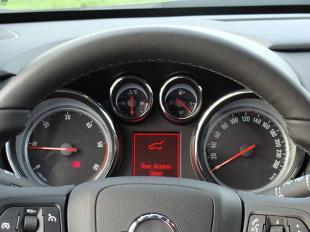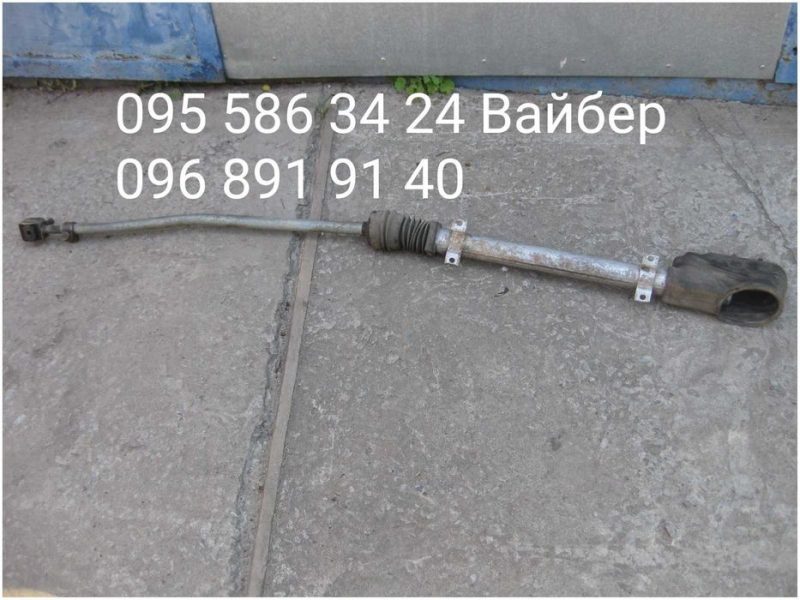
Engine doesn't like heat
 Engine overheating is dangerous. If we are already seeing some alarming symptoms, we need to deal with them immediately, because when it really warms up, it may be too late.
Engine overheating is dangerous. If we are already seeing some alarming symptoms, we need to deal with them immediately, because when it really warms up, it may be too late.
Information about the engine temperature is usually given to the driver by a dial or an electronic pointer, or only two  indicator lamps. Where the engine temperature is indicated by an arrow or graph, it is easier for the driver to judge the instantaneous state of engine heating. Of course, the readings do not always have to be correct, but if the arrow begins to approach the red field during movement, and there were no such signs before, this should be a sufficient signal to search for the cause as soon as possible. In some cars, only a red light indicator can signal that the engine temperature is exceeded, and the moment of its ignition should in no case be ignored, because it is not known how much the engine temperature exceeded the permissible limit in this case.
indicator lamps. Where the engine temperature is indicated by an arrow or graph, it is easier for the driver to judge the instantaneous state of engine heating. Of course, the readings do not always have to be correct, but if the arrow begins to approach the red field during movement, and there were no such signs before, this should be a sufficient signal to search for the cause as soon as possible. In some cars, only a red light indicator can signal that the engine temperature is exceeded, and the moment of its ignition should in no case be ignored, because it is not known how much the engine temperature exceeded the permissible limit in this case.
There are several reasons for an increase in engine temperature. Leaks in the cooling system are the easiest to spot, as they are usually visible to the naked eye. It is much more difficult to assess the correct operation of the thermostat, which is often responsible for increasing the operating temperature of the engine. If for some reason the thermostat opens too late, i.e. above the set temperature, or not completely, then the liquid heated in the engine will not be able to enter the radiator at the right time, giving way to the already cooled liquid there.
Another reason for excessively high engine temperatures is the failure of the radiator fan. In solutions where the fan is driven by an electric motor, insufficient or no cooling can be caused by the failure of a thermal switch, usually located in the radiator, or other damage to the power circuit.
An increase in engine temperature can be caused by a decrease in the efficiency of the radiator as a result of contamination both inside and outside.
The phenomenon of air pockets in the cooling system can also cause the engine to overheat. Removing unwanted air from the inside of a system often requires a series of steps. Ignorance of such procedures prevents effective deaeration of the system. The same will happen if we do not find and eliminate the cause of air entering the cooling system.
The operating temperature of the engine above the set level can also be caused by deficiencies in the control of the ignition and power system, which in the case of electronic control units requires professional diagnostics.

